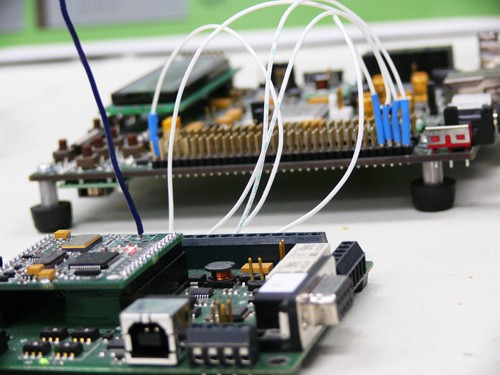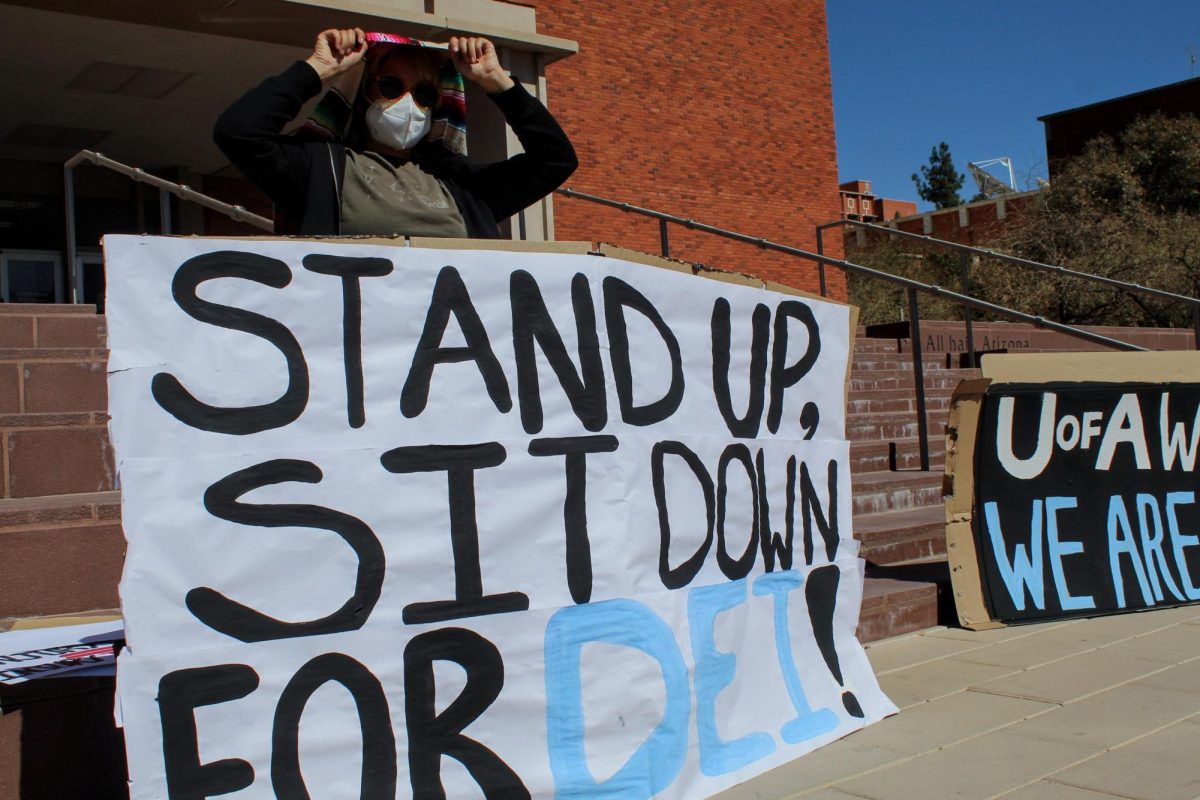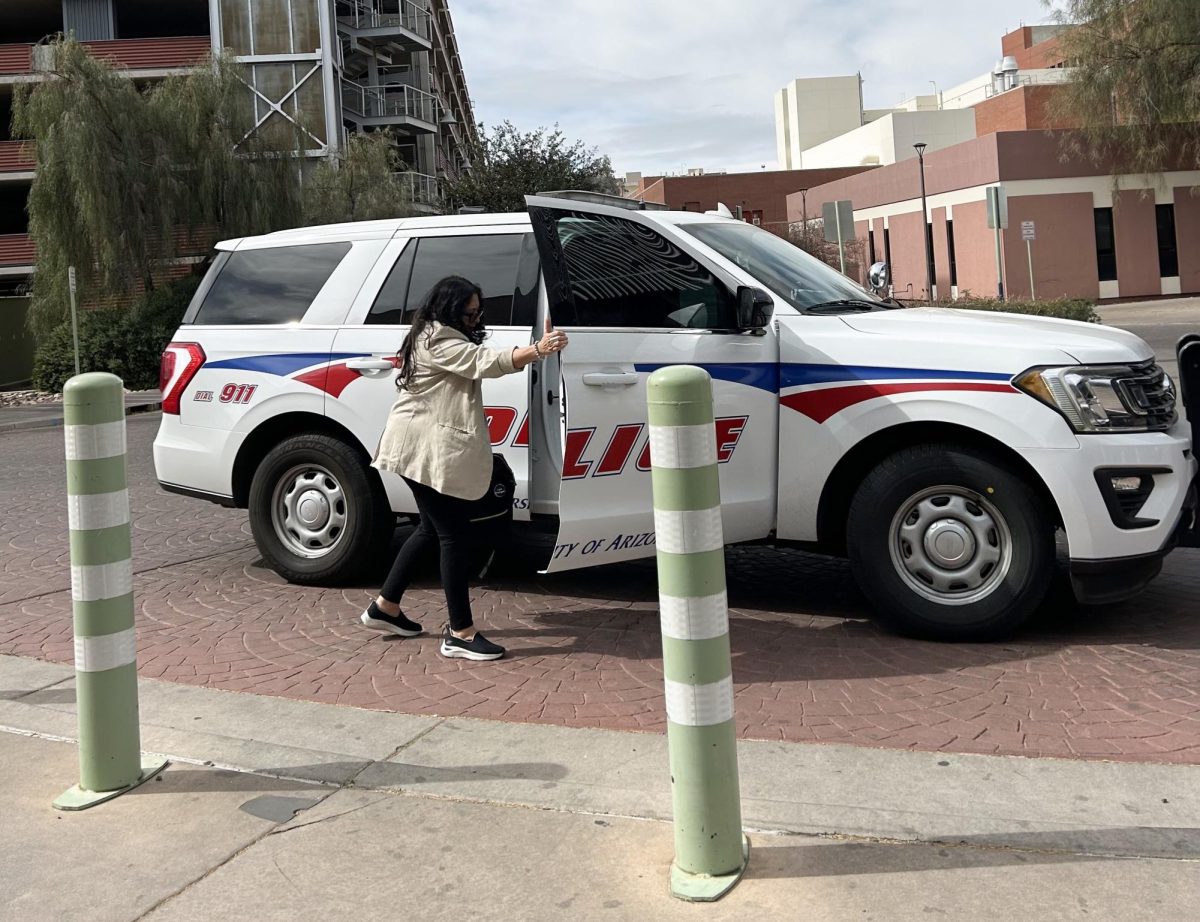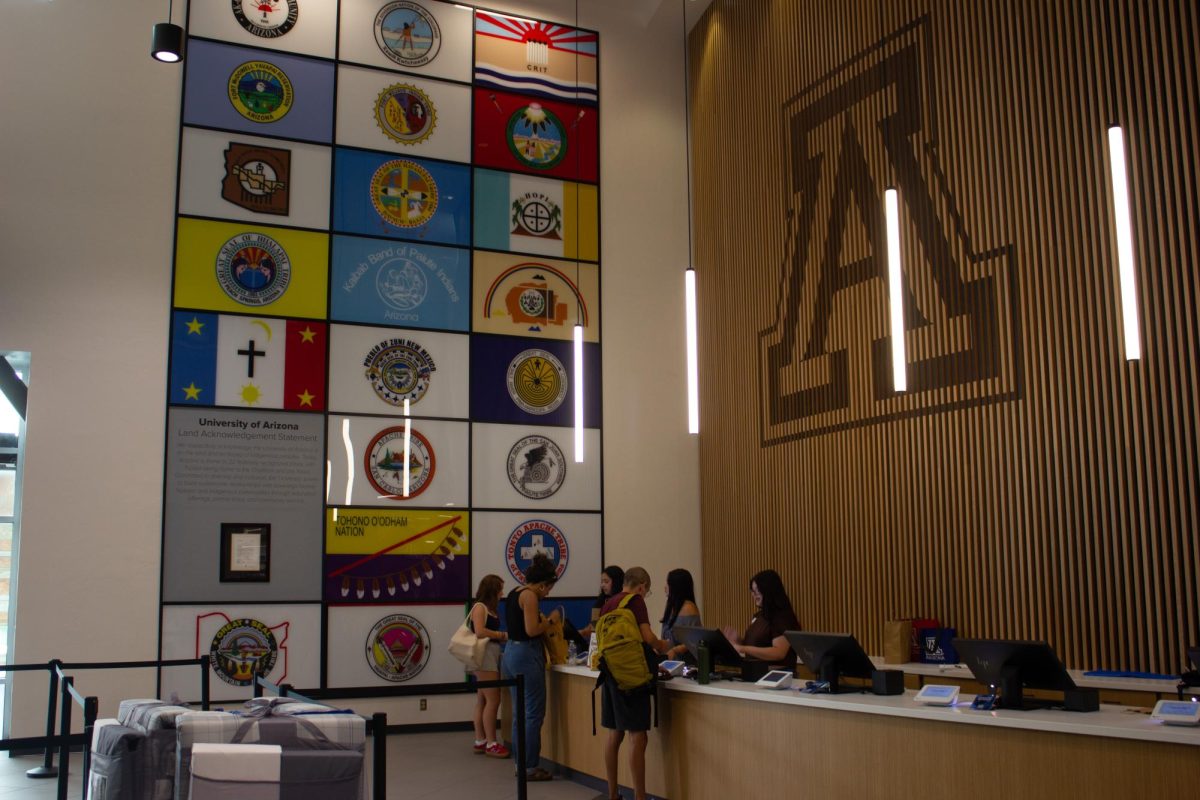When a computer breaks down, human hands have to intervene and fix the problem. When that computer is on Mars, it can be a little more difficult to send help.
UA researchers, along with NASA’s Jet Propulsion Laboratory, have designed a self-healing computer system that could be installed in rovers or satellites so that the machines could reconfigure themselves without help from ground control.
Ali Akoglu, an assistant professor in electrical and computer engineering as well as a BIO5 member, started this project in his third semester at the UA. He said that although the technology is developed, it has yet to be implemented.
“”So you send the Mars rovers, and then what if something happens to the hardware and it fails so the millions of dollars you invested on this device and it’s not functional anymore, what do you do?”” said Akoglu. “”For that purpose we asked the question ‘what if the hardware is capable of healing itself?'””
The Self-Configurable Architecture for Reusable Space Systems, or SCARS, began as a class project with Akoglu and his students.
“”I always wanted to try some high-risk, high pay-off class project,”” he said.
Akoglu pitched the idea to the Jet Propulsion Laboratory, which, according to Akoglu, was interested right away. The project is being funded entirely by NASA.
Greg Striemer, a second-year graduate student in electrical and computer engineering, has been working on this project for the last eight months.
“”If you send a machine out in space now it basically does what it’s originally made to do,”” he said. “”With this project, the hardware that’s being created can be updated and optimized once it’s out in space, as well as heal itself.””
Striemer said he thinks this project is very exciting and would like to see it used in space.
“”It would be really be cool to see this technology on a rover sent to Mars,”” he said. “”It would be incredible.””
The rovers with these systems would be able to reconfigure themselves if a fault were to occur, said Akoglu. If their attempts at healing fail, then another rover in the network could take over the task of the failed one.
Adarsha Sreeramareddy, a second-year graduate student in electrical and computer engineering who has been working on the project since its start in 2007, said that each rover makes only one attempt to revive a faulty system.
Once the first attempt fails, then another rover can adopt the dead rover’s task.
“”Assume that we have two rovers. The first one is doing some soil sampling, while the other is doing some temperature measurement. What if the one with the soil sampling fails?”” said Akoglu. “”Then the other guy that’s alive can take over that functionality along with its original functionality so that the rover remains.””
Akoglu added that if a fault were to happen in the one of the rovers, ground control would be notified, but because the ‘healing’ is automated, no additional assistance from people on the ground would be necessary.
This type of technology could save millions of dollars in repairs and developments, Akoglu said.
“”Typically when you send something to space you have a replica of the same system (on standby) and this technology eliminates that, you just send one device that can reconfigure itself,”” he said.
He also said that this technology could be used in satellites or in military applications such as field robots.
“”The ideal thing is to see this employed in an actual rover,”” he said. “”That would be the dream.””









